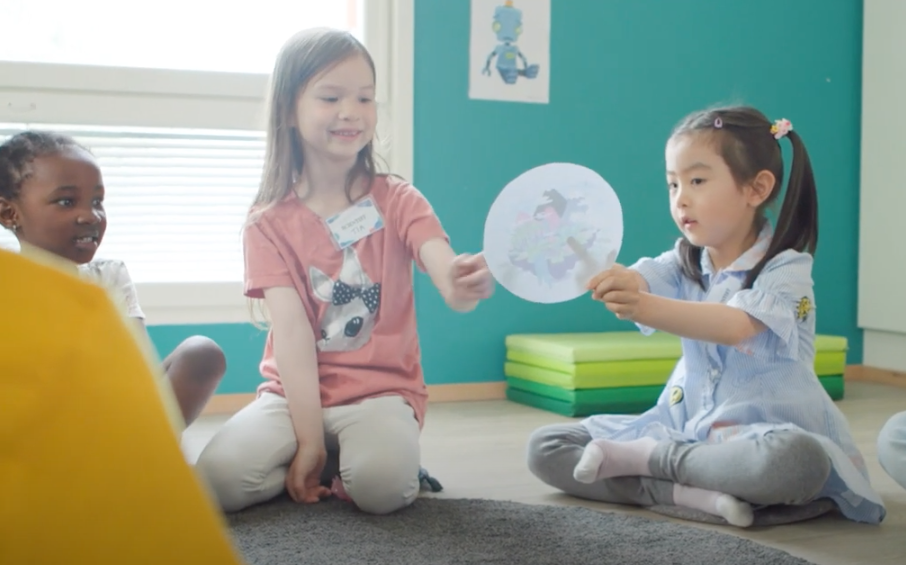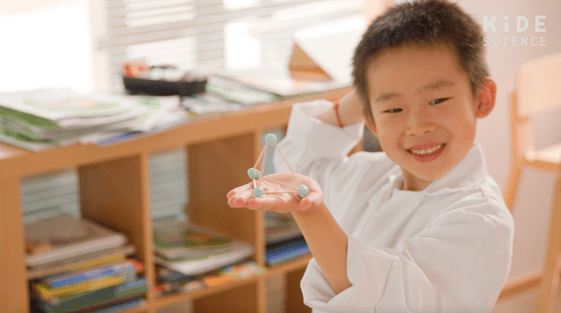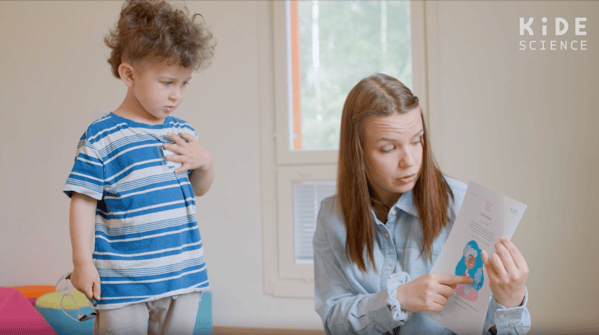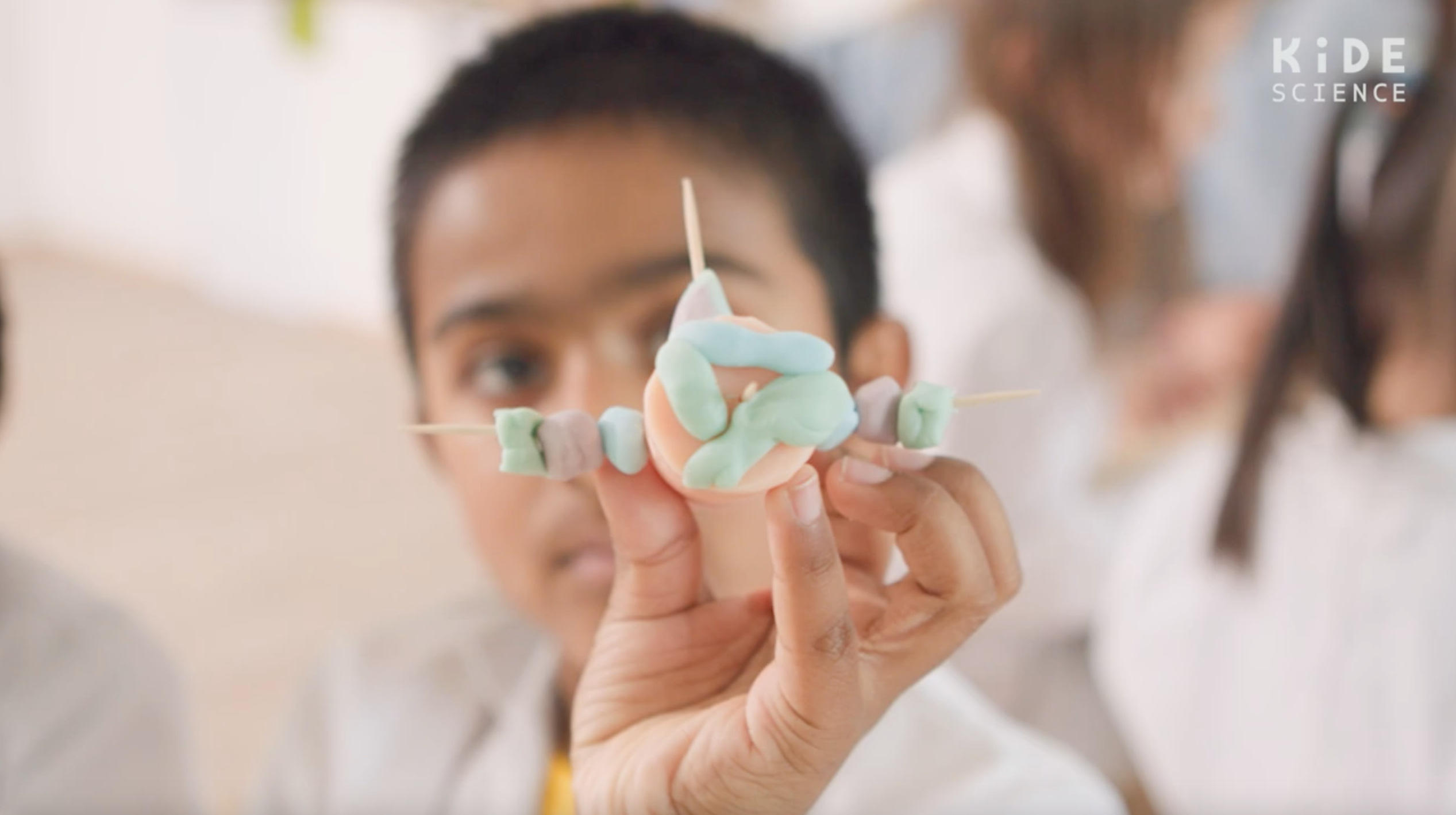Difference Between Play-based and Academic Learning in Early Education
There’s plenty of research on play-based versus academic preschools and learning styles. Let’s get to the bottom of the debate.

Ever heard the saying: “people teach how they’re taught”? It’s pretty much why educators nowadays teach in the traditional way, even in early years: passing worksheets and other materials around, expecting their little students to naturally absorb information being thrown at them.
Guess what?
Little children don’t learn this way, and we know that from ample research.
Children have wild, wacky, wonderful imaginations. Their brains work in spectacularly weird ways. Rote memorization and teaching for tests are only a hindrance.
Let’s break down the characteristics of academic and play-based learning, then go through the reasons why play-based learning is the better option for little ones.
What is academic learning?
- Subject-specific learning, something we see far too often nowadays, where little children complete worksheets for things like reading, writing, or even math at an early age.
- Teacher-led instruction, another way of teaching that often happens, where a teacher is at the front of the class teaching to students rather than with them.
- Traditional materials, guided by a curriculum but laid out by the teacher or higher-ups: think worksheets, textbooks, and videos that children do not actively interact with.
What is play-based learning?
- Child-led curriculums – children ask TONS of questions (which you can respond to with this one great answer every time, btw!). Play-based learning allows you to venture off the beaten path and explore whatever children may be asking about. Are little ones asking a lot of questions about bubbles? Give them an activity about bubbles! By allowing them to choose what to learn about, you’ll give them autonomy, and find that they’ll naturally love learning.
- Discovery at a child’s pace, teachers are there to encourage and guide children to explore their own investigations. It’s also a good reason why we believe that tests suck, and that children shouldn’t take them. Discovery and imagination are developmentally appropriate, because we’re working with their natural sense of curiosity and not forcing anything!
- Non-traditional classroom materials – children can learn to read and write perfectly later on down the line. With play-based learning, they’re encouraged to use everyday materials to experiment (through which, they will be practicing basic reading and writing skills anyway!)

Play-based learning is better for children, and here’s why:
- Play-based learning is more open-ended and allows children to explore their own wonders actively. Active exploration, supported by teacher guidance, develops children’s critical thinking, problem solving, and social skills by allowing them to think through problems and communicate with others.
- Child-led learning supports curriculum learning, but isn’t dictated by it. Learning can still follow governmental standards but in creative ways. Children are much smarter than we give them credit for – and letting them lead nurtures that intelligence and helps them love to learn!
- Abstract work and topics are easier to understand through the context of play, when we hand children abstract work and topics, it’s much more difficult to understand. Play helps them to make connections between everyday life and the new concept. In fact, our research suggests that play is the most natural way for a child to learn!
Children develop their creativity, imagination, and problem-solving skills through their sense of wonder when they learn through play. Encouraging them to use their imagination is not only developmentally appropriate, but they’re also able to become active agents in their learning.

How academic learning falls short:
Take the complex phenomenon of solubility.
In an academic setting, you, the teacher, may show a class full of students how salt dissolves in a glass of warm water and go from there.
You may ask them to observe what’s happening and explain how solubility works. Later, you may ask them to recall what happened on a quiz or worksheet, and the child will have a loose understanding of an abstract concept.
In a playful setting, instead of giving young children a fish, we teach them how to fish.
We give them the production of knowledge and basic science process skills by joining them on their level.
This can look like setting up a problem: Our imaginary friend has noticed something odd happening! When he puts salt in the water, it disappears. He thinks someone is stealing it! Can you help them figure it out?”
(This research-backed methodology is called “Dramatic Play”.)
By the end of the lesson, the children will not be able to verbalize a full scientific explanation of solubility. That’s not the goal! They will be able to – eventually. Producing a deep, abstract understanding of a concept takes time – years of it.
By learning through play, we take the first steps on this journey by exposing the children to the phenomena and providing them with the chance to give meaning to their experience.
Play-based learning allows children to learn in a natural and developmentally appropriate way.
Related: What's the difference between Montessori vs. Play-based learning?
The verdict
When it comes to the choice between academic focus vs play-based, it’s important to understand that your children aren't losing any skills by learning through play, but developing skills that will set them up in the future for when they find themselves in an academic environment.
Play-based learning is the most effective way to prepare children for their future by developing their creativity, imagination, and problem-solving skills.
Related articles
You might be wondering if Montessori is play based or how play based learning holds up vs...
There's so many ways you can teach through play, here are some concrete examples of play based...
Here are three things which make us different from every other educational solution out there.
.png)

.png)